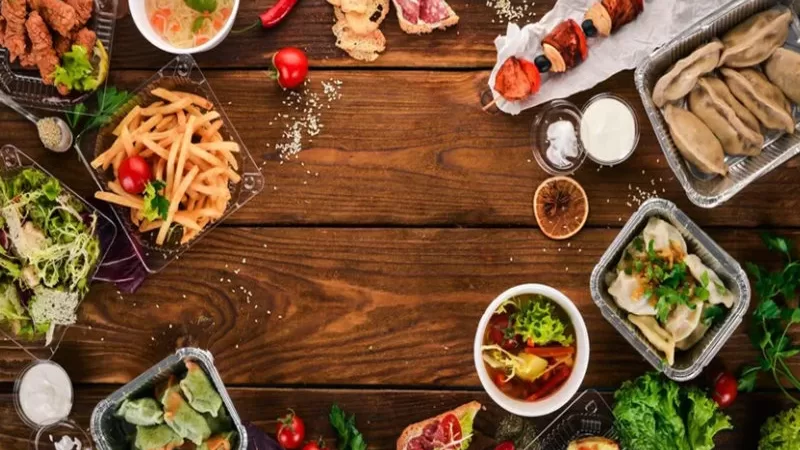Aluminium foil is a staple in kitchens worldwide, a true workhorse that simplifies countless cooking and food storage tasks. This thin, shiny sheet of metal, often simply called “kitchen foil” or “tin foil,” is incredibly versatile. From cooking delicious meals to keeping leftovers fresh, its uses in the kitchen are extensive. Let’s dive deeper into what makes this material so indispensable and explore its many applications.
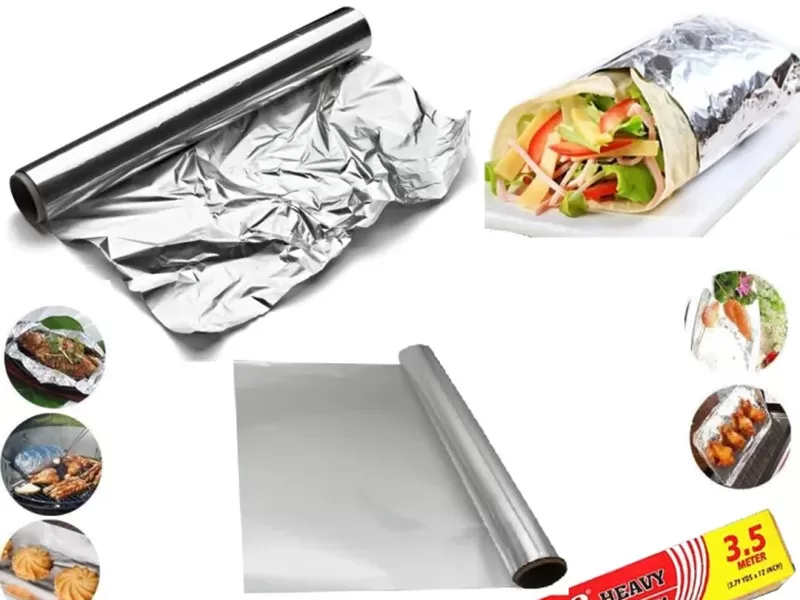
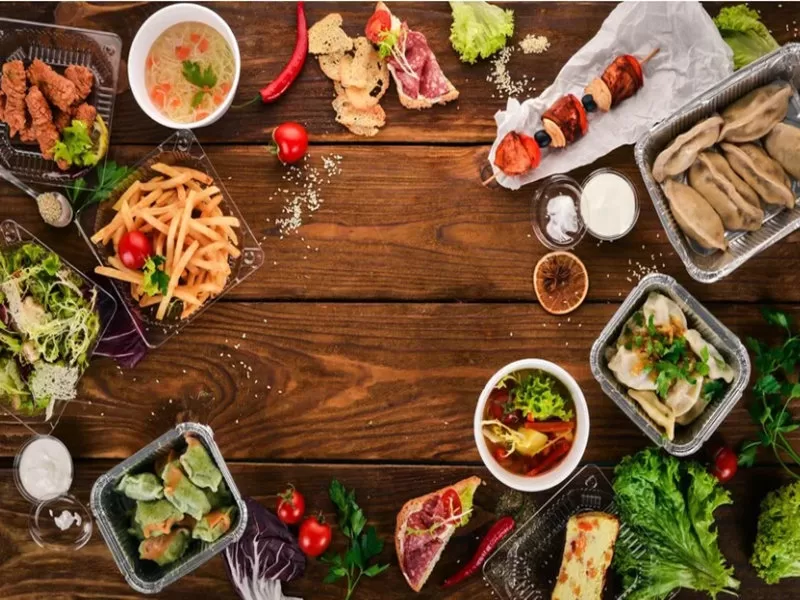
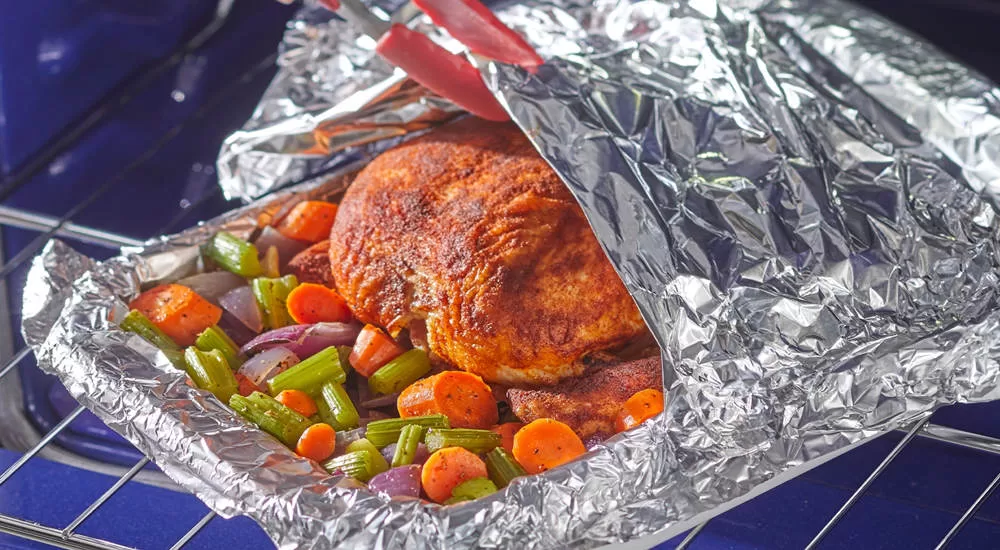
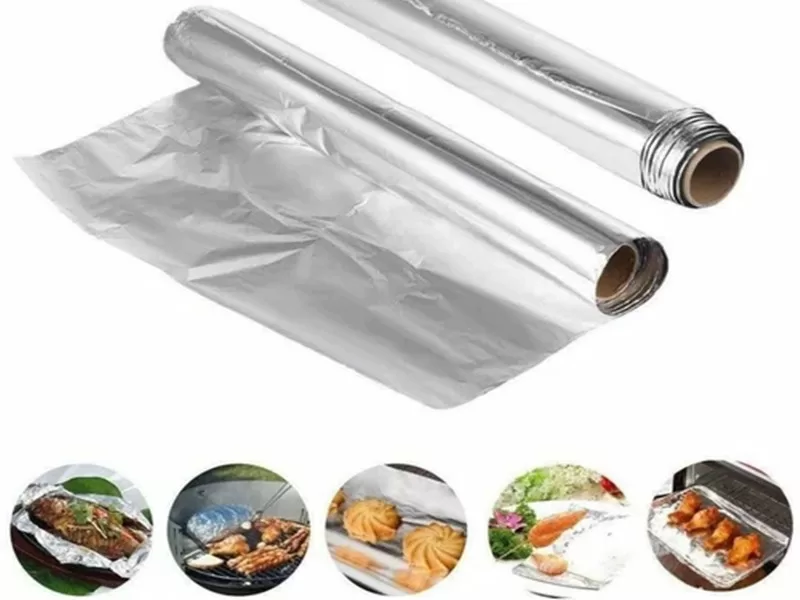
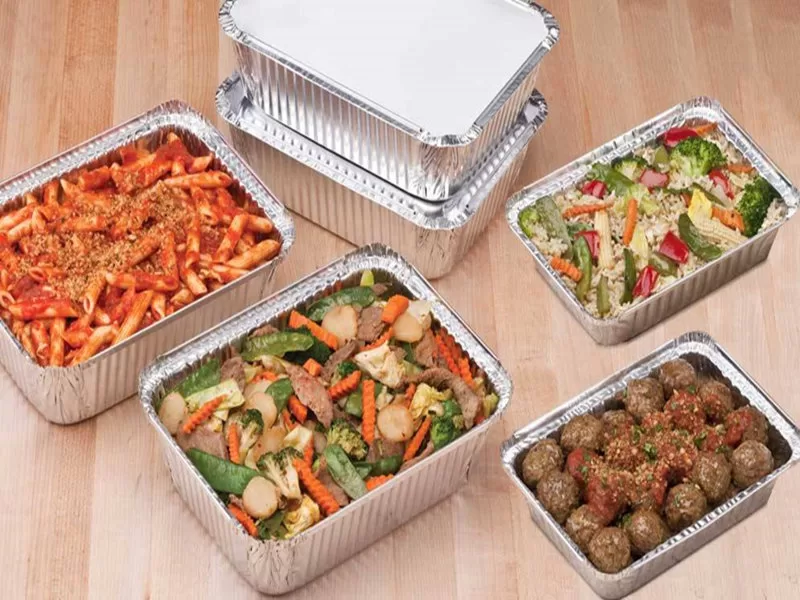
Classification & Alloy: Understanding Your Kitchen Foil
While most of us grab a roll of aluminium foil without much thought, understanding its basic properties, including its classification and alloy, can help appreciate its effectiveness.
What is Aluminium Foil?
Aluminium foil is a very thin sheet of aluminium metal, typically less than 0.2 mm thick. It’s produced by rolling large slabs of pure aluminium. Its key characteristics include being lightweight, waterproof, non-toxic, and resistant to corrosion. Its reflective surface is excellent for managing heat, making it perfect for various kitchen applications.
Classification of Aluminium Foil
In a typical home kitchen, you’ll mainly encounter a few types of aluminium foil, though the differences might be subtle.
- Standard Household Foil: This is the most common type, versatile enough for everyday aluminium foil uses in kitchen. It’s suitable for wrapping, covering, and light cooking tasks.
- Heavy-Duty Aluminium Foil: Thicker and stronger than standard foil, heavy-duty foil is ideal for more demanding cooking tasks like roasting large cuts of meat, grilling, or lining pans for very sticky foods. Its extra strength prevents tearing under higher stress or heat.
- Non-Stick Aluminium Foil: Some varieties come with a non-stick coating on one side. This is particularly useful for baking sticky foods like cheesy dishes or delicate pastries, ensuring easy release and less cleanup.
Each of these aluminium foil classifications serves a slightly different purpose, expanding the range of its uses in the kitchen.
The Alloy Behind Your Kitchen Foil
The aluminium used for foil is not 100% pure but rather an alloy, meaning it’s a mix of aluminium with small amounts of other elements. These elements enhance specific properties like strength and flexibility, making the foil more practical for its many kitchen uses.
Common aluminium alloys used for foil production typically belong to the 1xxx or 8xxx series. For example, alloys like 1235 and 8011 are frequently used. These alloys are chosen because they are:
- Ductile: They can be stretched and rolled into very thin sheets without breaking.
- Food-Safe: The alloying elements are non-toxic and do not react with food under normal cooking and storage conditions.
- Heat-Resistant: They can withstand the temperatures encountered in ovens and on grills.
This specific alloy composition ensures that your aluminium foil is safe and effective for all its kitchen uses.
Top Aluminium Foil Uses in Kitchen
The versatility of aluminium foil is truly remarkable. Here are some of the most common and clever uses in the kitchen:
Cooking & Baking
Aluminium foil is a fantastic tool for heat management in cooking.
- Roasting Meats and Vegetables:
- Wrap meats like chicken, turkey, or roasts in foil to keep them moist and tender while cooking.
- Create foil packets with vegetables and herbs for easy, flavorful side dishes on the grill or in the oven.
- Baking:
- Line baking sheets and pans to prevent food from sticking and make cleanup a breeze.
- Cover pies or casseroles to prevent the crusts or tops from browning too quickly.
- Form makeshift baking molds for small items or individual portions.
- Grilling:
- Use heavy-duty aluminium foil to grill delicate foods like fish or sliced vegetables that might fall through grill grates.
- Create foil pouches for steaming foods on the grill, infusing them with smoky flavor.
- Keeping Food Warm:
- After cooking, wrap food loosely in foil to retain heat until serving time. This is a common kitchen use for roasted chicken or baked potatoes.
Food Storage
Aluminium foil is excellent for preserving food, thanks to its ability to create a barrier against air and moisture.
- Wrapping Leftovers:
- Tightly wrap cooked leftovers to keep them fresh in the refrigerator. The foil helps prevent drying out and keeps odors contained.
- Freezing Food:
- Wrap food tightly in aluminium foil before freezing to prevent freezer burn, which can affect taste and texture. This is a key kitchen use for preserving meat or bread.
- Packing Lunches:
- Wrap sandwiches, fruits, or snacks for school or work lunches, keeping them fresh until mealtime.
Kitchen Cleanup & Maintenance
Beyond cooking and storage, aluminium foil has some surprising uses in the kitchen for cleaning.
- Lining Ovens and Trays:
- Place a sheet of foil on the bottom rack of your oven to catch drips and spills, making oven cleaning much easier.
- Line broiler pans or toaster oven trays for quick cleanup after cooking.
- Cleaning Grill Grates:
- Crumple a ball of aluminium foil and use it with tongs to scrub stubborn grime off warm grill grates.
- Sharpening Scissors:
- Fold a sheet of foil several times and cut through it multiple times with dull scissors to help sharpen the blades.
- Makeshift Scrubber:
- For tough, stuck-on food on pots and pans (excluding non-stick surfaces), a crumpled ball of foil can act as an abrasive scrubber.
Other Clever Kitchen Uses
The ingenuity of aluminium foil uses in kitchen extends even further!
- Protecting Pie Crusts:
- Form a ring of foil around the edge of a pie crust to prevent it from over-browning while the filling cooks.
- Making a Funnel:
- Roll a piece of foil into a cone shape to create a temporary funnel for pouring liquids or small dry goods.
- Polishing Silver:
- Line a bowl with foil, add hot water, baking soda, and salt, then immerse tarnished silver items. The foil helps remove tarnish through a chemical reaction.
- Keeping Bananas Fresh:
- Wrap the stem end of a bunch of bananas tightly with foil to slow down the ripening process.
Benefits of Using Aluminium Foil in the Kitchen
The widespread adoption of aluminium foil is due to its numerous advantages for kitchen uses:
- Excellent Heat Conductor and Barrier: It conducts heat well for cooking but also acts as an effective barrier to retain heat, keeping food warm.
- Moisture Retention: Foil helps lock in moisture, preventing food from drying out during cooking or storage.
- Food Safety and Hygiene: It’s a non-toxic material that provides a hygienic barrier for food, protecting it from external contaminants.
- Versatility: As demonstrated, its uses in the kitchen span cooking, baking, storage, and even cleaning.
- Cost-Effective: It’s a relatively inexpensive material, offering great value for its many applications.
- Recyclable: In many areas, clean aluminium foil can be recycled, making it a more environmentally friendly option compared to some other kitchen wraps.
Conclusion
From protecting delicate baked goods to simplifying grill cleanup, aluminium foil truly is an unsung hero in the modern home. Its diverse uses in the kitchen, combined with its practical properties of heat management, moisture retention, and food safety, make it an indispensable item. Whether you’re a seasoned chef or a beginner cook, a roll of this versatile material is essential for making your time in the kitchen more efficient and enjoyable. The many aluminium foil uses in kitchen ensure it remains a go-to product for daily culinary tasks.
